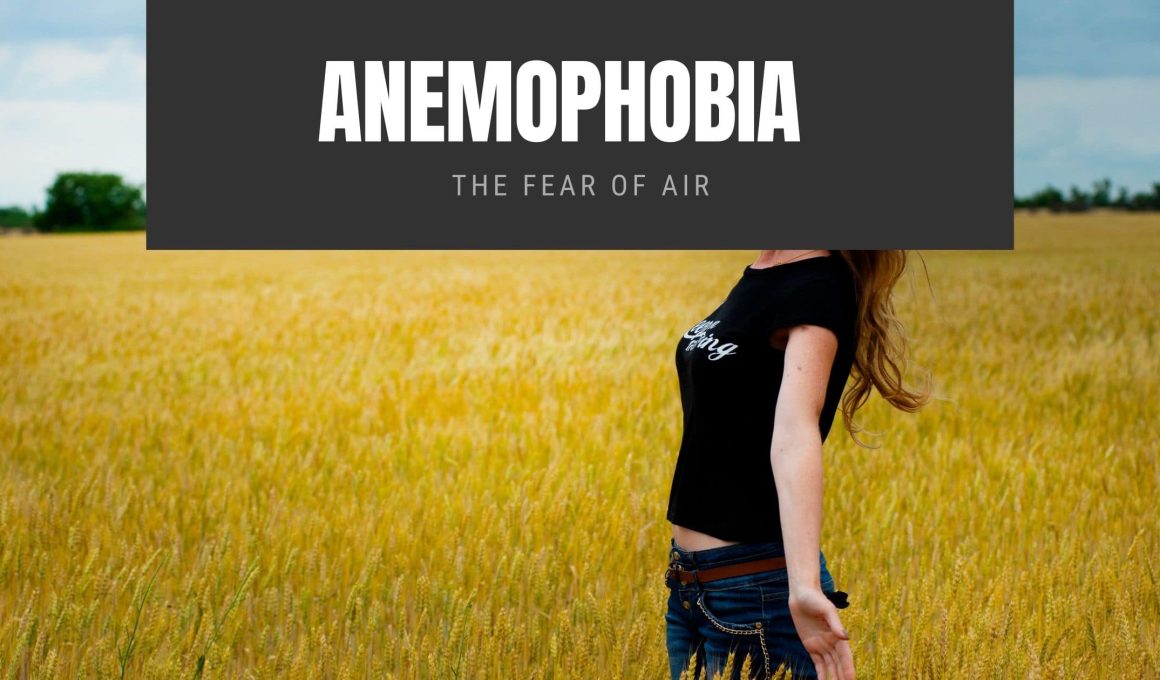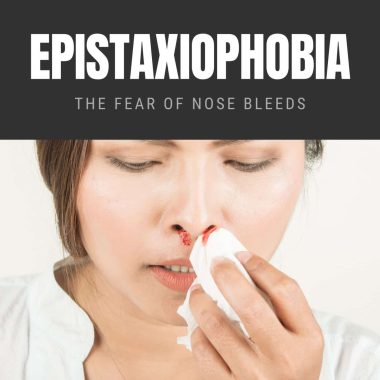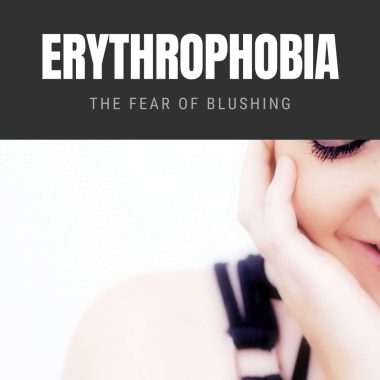Does strong air make you scared? You could have anemophobia. Anemophobia is the fear of air, and people who have this phobia are called anemophobes.
This article discusses anemophobia, how it impacts life, and what you can do about it.
What is Anemophobia?
Anemophobia originates from a Greek word. “Anemo,” which means “air.” It is also known as ancraophobia. First used in 1982 in the Journal of Mental Science, this phobia resulted from negative experiences resulting in psychological trauma.
It makes you afraid of the feeling of wind or air and imprints a negative on the subconscious mind of a traumatized victim.
An anemophobe is a person affected by anemophobia. They tend to fear weather changes, such as storms, and think strong air can harm or kill them.
Sadly, the fear prevents you from being exposed to nature’s beauty, calmness, and serenity. People with anemophobia tend to avoid things like ocean waves and strong winds.
Symptoms of Anemophobia
There are different symptoms of anemophobia. Categorically, there are physical and psychological symptoms.
The physical symptoms include:
- Dry mouth
Also known as xerostomia, dry mouth is a physical symptom of anemophobia. When this fear occurs, victims produce less saliva, making it difficult to eat or talk.
- Tremors
Tremor is an involuntary action. It is a rhythmic shaking due to muscle contractions or anxiety about wind or strong air.
- Tightening in the chest
Chest tightness, also called chest pressure or chest pain, is any discomfort between the lower neck and upper abdomen. These symptoms occur when exposed to air that you can be terrified of. Exposure causes your chest to contract and may even lead to pain.
- Rapid breathing/ Irregular heartbeat
This is a fast reflex action of the heart beating at quite a rapid rate due to anxiety. It is another physical symptom of anemophobia.
- Nausea
Nausea is the urge or sensation to vomit. When this feeling prolongs, it is a debilitating symptom. Nausea occurs when an anemophobe is exposed to an environment with a strong aerobic presence. Such as places like the ocean or beach.
Psychological Symptoms of Anemophobia
Anemophobia is a condition of the mind, and its psychological symptoms include:
- Obsessive thoughts
- Fear of losing control
- Feeling like you are detached from yourself
- Entertaining different anxious thoughts.
These symptoms are evident in anemophobes who are scared of nature’s fresh air.
Causes of Anemophobia
Anemophobia often originates from a traumatic experience. It could result from a negative experience you once had that unconsciously built up fear of air.
Unfortunately, harboring this fear is irrational since air is less dangerous than the phobia makes it look.
Genetic and environmental factors can cause a wide range of phobias. Children with a close relative with an anxiety disorder are at risk of developing a phobia. Another cause of the phobia is vicarious conditions.
I have observed other people suffering from traumatic experiences of strong wind or air-related events. Over time, this experience can transform into fear in another.
Treatment of Anemophobia
There are many effective therapeutic methods to treat anxiety disorders, such as anemophobia. These therapeutic methods include:
- Cognitive Behavioral Therapy (CBT)
This is the most widely used treatment for phobia. It is a psychosocial intervention to improve a person’s mental health and a modality used to treat people suffering from an anxiety disorder. This CBT is used to help victims (patients) forget about the causes or the attributes that triggered the fear.
- Exposure therapy
Exposure therapy is the most common form of anemophobia treatment. Here, the therapist exposes the patient to the phobic stimulus. In the case of anemophobia, it involves ensuring that you stand before a fan of going to places with light winds. It determines from tiny steps to exposure to more exposure to the elements that trigger the phobia to overcome and eradicate your fear.
- Energy Psychology
Energy psychology treatment involves exercises. Exercise has proven highly beneficial for patients with anxiety disorder and stress. However, aerobic exercises are more effective as they help release chemicals such as endorphins, which help the brain relax, feel good and comfortable, and mind. Examples of aerobic exercises for phobias are swimming, biking, skiing, and jogging.
Mind exercises like yoga can adjust the brain to electro-chemistry to change patients’ thinking and mindset toward such anxiety disorders. This helps to desensitize the patient to their fear and help them have a positive mindset.
- Antidepressants
These drugs are used mainly to treat depression. However, they can also help people suffering from anxiety disorders. The medication helps reduce phobia symptoms and prevents panic attacks.
It is advisable and of great importance to speak with the doctor before taking medication, as self-medication can be dangerous or even result in life-threatening issues.
- Mindfulness-Based Stress Reduction (MBSR)
Mindfulness-based stress reduction is another effective, beneficial therapy that treats anxiety disorders, stress, and depression. It is an 8-week evidence-based program that offers secular, intensive mindfulness training.
Mindful meditation is beneficial for anxious patients. Anemophobia can also be treated with this specialty as it helps an anemophobe to learn a plethora of different skills that can help them relieve intense anxiety.
It also distracts you from the fear of air by focusing on ideas with potential values. Constant practice of mindful meditation helps deal with fear and anxiety completely.
- Hypnotherapy
Hypnotherapy is a therapeutic method that centers on an individual’s subconscious mind. It can help eliminate every trait of fear.
Conclusion
Anemophobia can restrict your regular daily routines and can significantly affect the quality of your life if not tackled and treatment procured to eradicate every trace of fear.
This phobia of one of nature’s beauty (air) can hinder you from enjoying calmness, peace, and serenity in the street or beach.
If you spot the traits or symptoms of anemophobia, seek medical help or see a therapist to help you deal with your fears entirely by applying any of the most suitable treatments regarding personality differences.








